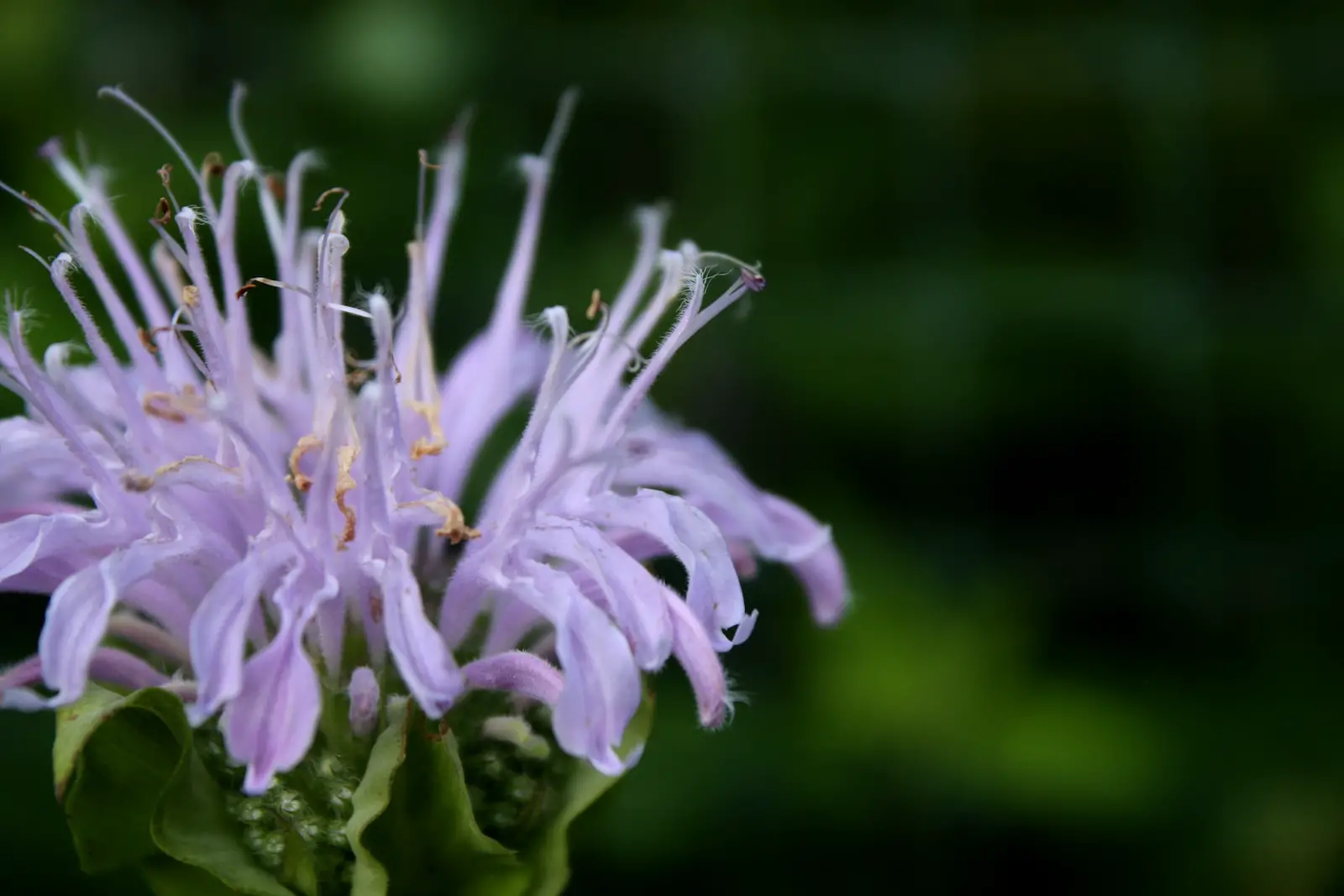Bee Balm, a perennial flower, is known for its vibrant blooms and aromatic leaves that attract pollinators like bees, butterflies, and hummingbirds. With tubular flowers in shades of red, pink, purple, and white, it’s a feast for the eyes and a favorite among gardeners.
Native to North America, Bee Balm thrives in various conditions and soil types, making it a versatile choice for gardens. Its scientific name, Monarda, pays homage to the Spanish botanist Nicolas Monardes, who documented North American plants in the 16th century.
Not only is Bee Balm prized for its ornamental value, but it also has a rich history of medicinal use by Native American tribes. Its antiseptic properties have made it a common ingredient in herbal remedies for colds and digestive issues. With its vibrant appearance and functional benefits, Bee Balm has something to offer everyone.
| Attribute | Details |
|---|---|
| Common Names | Bee Balm, Oswego Tea, Bergamot |
| Botanical Name | Monarda |
| Family | Lamiaceae |
| Plant Type | Perennial |
| Mature Size | 1-4 feet tall |
| Sun Exposure | Full sun to partial shade |
| Soil Type | Moist, well-drained |
| Hardiness Zones | 4-9 |
| Native Area | North America |
Bee Balm Care
Caring for Bee Balm is relatively simple, and it’s an excellent addition to both novice and experienced gardeners. The plant requires regular watering, well-draining soil, and a sunny location to thrive. Adequate spacing between plants is essential to allow airflow and prevent diseases like powdery mildew.
Pruning is an integral part of Bee Balm care, encouraging healthy growth and more vigorous flowering. By following these basic care guidelines, you can enjoy a thriving Bee Balm plant that adds color and fragrance to your garden.
Light Requirement for Bee Balm
Bee Balm prefers full sun to partial shade, requiring at least 6 hours of sunlight daily. Ample sun exposure encourages vibrant blooms and helps prevent diseases.
Soil Requirements for Bee Balm
Moist, well-drained soil rich in organic matter is ideal for Bee Balm. A soil pH of 6.0 to 6.7 is optimal, but the plant is fairly adaptable to different soil types.
Water Requirements for Bee Balm
Regular watering is essential, especially during dry spells. However, Bee Balm doesn’t like soggy soil, so ensure proper drainage. A layer of mulch can help maintain soil moisture.
Temperature and Humidity
Bee Balm thrives in temperature ranges typical of its hardiness zones (4-9). It prefers moderate humidity, and excessive moisture can lead to disease.
Fertilizer
Bee Balm benefits from a balanced fertilizer applied in early spring. An organic compost or slow-release granular fertilizer works well.
Pruning Bee Balm
Regular pruning encourages healthy growth and flowering. Deadheading spent flowers and cutting back the plant in early spring promotes rejuvenation.
Propagating Bee Balm
Bee Balm can be propagated through division or cuttings. Divide mature plants every 2-3 years to maintain vitality. Cuttings should be taken in spring.
How To Grow Bee Balm From Seed
Growing Bee Balm from seed requires patience. Sow seeds indoors 8-10 weeks before the last frost or directly outdoors after the danger of frost has passed.
Common Pests & Plant Diseases
Aphids
A common pest that can be controlled with insecticidal soap or neem oil.
Powdery Mildew
A fungal disease that can be mitigated by proper spacing and airflow.
Common Problems With Bee Balm
Leggy Growth
Occurs with insufficient sunlight. Consider relocating the plant to a sunnier spot.
Drooping Leaves
A sign of overwatering. Adjust watering schedule and ensure proper drainage.
Pro Tips
- Plant in groups to create a visual impact and attract more pollinators.
- Consider companion plants like tomatoes and peppers, as Bee Balm can enhance their growth.
- Divide mature plants to prevent overcrowding and maintain vigor.
- Choose mildew-resistant varieties if this is a common problem in your area.
- Deadhead regularly to encourage continuous blooming throughout the season.




